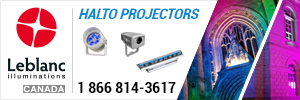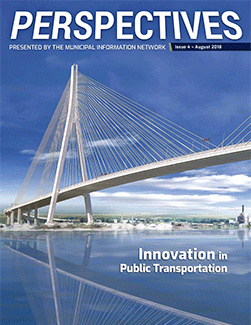Waterloo Region has always had a reputation for innovation and forward-thinking. The first concept for a regional rapid transit system was presented in the Region of Waterloo's first official plan in 1976.
In 2003, Regional Council unanimously adopted the Regional Growth Management Strategy, a long-term strategic framework that identified where, when and how future residential and employment growth could be accommodated.
Focusing on future land usage, the strategy identified that highway expansion was not sufficient to cope with intensive population growth. Without a rapid transit system, it was estimated that over the next two decades the Region would require 500 kilometres of new road lanes, costing in excess of $1.4 billion as well as significant environmental damage.
At the same time, Waterloo Region was mandated to plan for major population growth as part of the Province of Ontario's Places to Grow Plan.
Home to technology giants such as Google, Blackberry, and Shopify, Waterloo Region is also home to prime farmland that gives the region economic diversity. Protecting that farmland was paramount to how the Region of Waterloo planned to accommodate the projected growth outlined by the Province. Continuing to sprawl, at the cost of protected farmland, was not an option.
Following the Regional Growth Management Strategy and Places to Grow, the Region began an Environmental Assessment in 2006 to identify the best possible rapid transit system for the region. Ten technologies were evaluated with light rail transit considered the preferred option in 2009.
On June 15, 2011, following the completion of extensive public consultation and with support from the Province of Ontario and the Government of Canada, Region of Waterloo Council voted to in favour of a light rail transit system, developed in two stages, connecting Waterloo, Kitchener and Cambridge.
Light rail was selected for its ability to carry more passengers, attract greater ridership and act as a stronger catalyst for development when compared to bus rapid transit.
Coupled with a redesign of the existing bus transit network, light rail transit will move people more efficiently in and around the community and provide greater transportation choice. Moving people is one of the key objectives of the Region of Waterloo's light rail system but it is also an opportunity to shape the community.
ION, the Region's light rail transit system, allows development and investment to focus in the existing urban cores, limiting urban sprawl and protecting the surrounding rural communities.
ION will also help local businesses attract new talent to the region, assist with job creation and stimulate new business growth. By concentrating residents and employment in the urban cores, ION will help slow the increase in traffic congestion and reduce the need for costly road widening.
The scope of development is already shifting. In 2003, only 15 per cent of development was in existing built-up areas. By 2015, 49 per cent of development was in existing built-up areas, with more than $2 billion in development already taking place along the ION route.
ION encourages better land use and efficient infrastructure use in Waterloo Region. This urban intensification is something other cities across Canada are paying attention to. Before the first stage of ION construction was complete, cranes started going up alongside the route, indicative that developers and investors share the belief that ION will bring people and jobs into the region's urban cores.
The communities themselves are gravitating to and reshaping themselves around this new multi-modal system, intensifying and better utilising the immediate urban area rather than sprawling outwards into the farmland that is so important to the area.
Work on Stage 2 ION, connecting Kitchener to Cambridge through LRT, is already well advanced with several public consultations having taken place, with a route already approved by Council.
Further consultation is planned for 2019 along with environmental assessments.
Credit: Region of Waterloo, Rapid Transit Division







